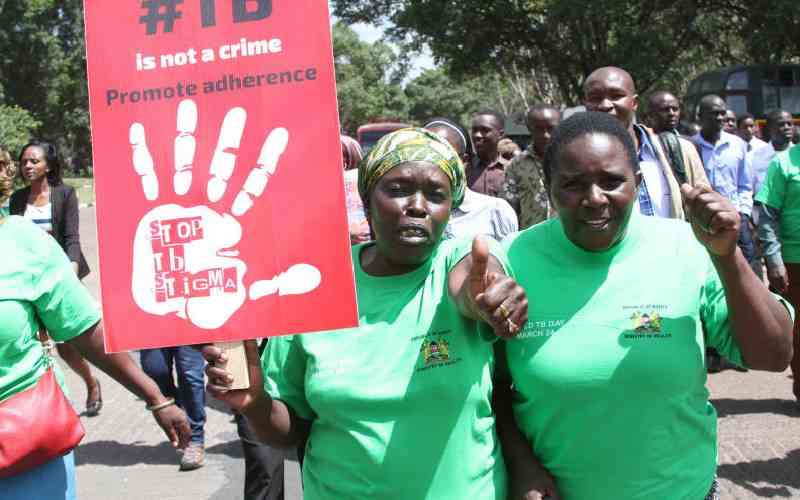
Cassava produces about ten times more carbohydrates than most cereals per unit area, and are ideal for production in marginal and drought prone areas, the Kenya Agriculture and Livestock Research Organisation says. William Simiyu from Busia County has been growing cassava for the last four years for commercial purposes. He shares with Money Maker the process from planting to harvesting.
Choose a variety
Cassava varieties in Kenya include Shibe, Tajirika, Karembo, Siri, Nzalauka and Karibuni. These varieties mature in eight to 12 months and have the potential of producing up to 28 tonnes per acre. They produce high-yield cassava that can stay for up to 24 months in the soil after maturity without going bad and they are resistant to cassava brown streak virus and cassava mosaic virus.
Land preparation
Till the land to remove weeds and incorporate biomass into the soil to ensure good establishment of the cassava cuttings. It also facilitates initial root penetration and thickening, easier harvesting, and gives higher yields. Ploughing should be done to a depth of 15cm to 30cm, followed by harrowing to a depth of about 10cm.
“One can use herbicides to eliminate weeds or in less weed-infested fields, simply slash and till by hand, oxen or tractor,” says Simiyu. For land that has a leguminous cover crop such as soy bean, pigeon pea or peanut, a farmer can plough the cover crop biomass into the soil or retain it as mulch to increase soil organic matter.
Propagation
Cassava is propagated by cuttings then planting the pieces of the stem. Cassava cuttings should be obtained from mature stems from plants that are nine to 18 months, long enough with at least five nodes, she says. Keep the bundles in a cool, dry place until planting time.
Planting
The cuttings are planted at an angle of about 45 degrees into the soil. “It is advisable to plant cassavas at the onset of long-rain seasons,” Simiyu says. According to the farmer cassava is a hardy crop and has an extensive root system that enables it to grow in poor soils. It draws a large number of nutrients like nitrogen (N), potassium (K) and phosphorus (P) from the soil. Plant the cuttings in mounds or ridges. The cuttings should either be straight or slanting. Push them well into the earth, leaving only two or three buds above ground.
Pest and disease control
The most common diseases of the cassava are mosaic, brown streak and rot. For healthy crop, farmers should avoid planting in flooded areas, taking cuttings from plants attacked by disease and choose varieties that are resistant to diseases. To the extreme, one may have to burn plants attacked by disease. Dip your cuttings in insecticides before planting.
Harvesting
Depending on the variety, harvesting of cassava for food may begin from the seventh month after planting the cuttings or after the tenth month for late varieties. Each fully grown tuber of cassava may weigh one to two kilogrammes, depending on the variety.
Storage
Cassava keeps longer when it is left in the ground, but the soil must not be too wet.
Market
Cassava is widely consumed due to its high carbohydrate content, especially in ugali and porridge. Simiyu sells a kilo of cassava at between Sh50 and Sh70.
 The Standard Group Plc is a multi-media organization with investments in media platforms spanning newspaper print
operations, television, radio broadcasting, digital and online services. The Standard Group is recognized as a
leading multi-media house in Kenya with a key influence in matters of national and international interest.
The Standard Group Plc is a multi-media organization with investments in media platforms spanning newspaper print
operations, television, radio broadcasting, digital and online services. The Standard Group is recognized as a
leading multi-media house in Kenya with a key influence in matters of national and international interest.











